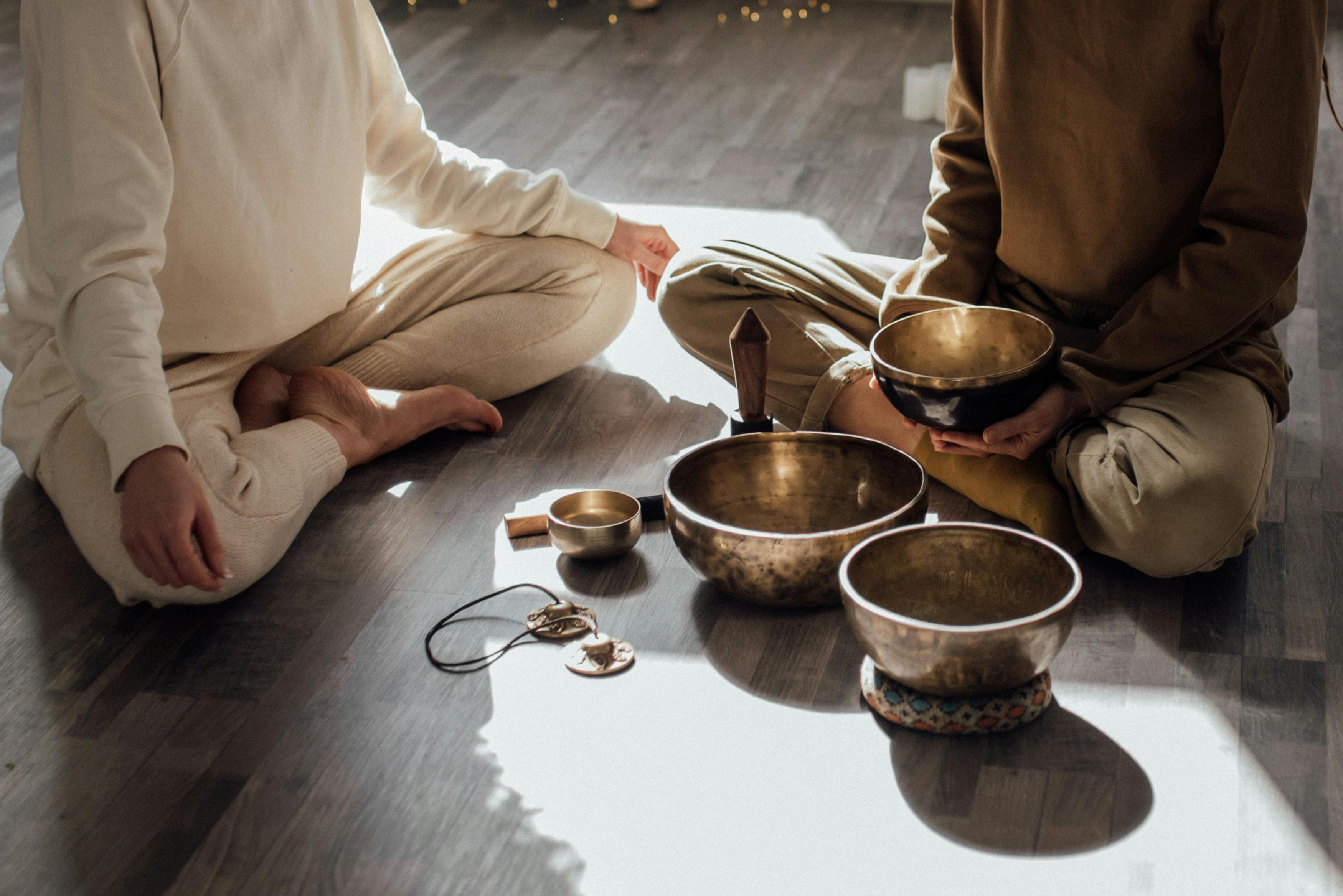
6 Creative Arts Activities To Support Emotional Health
Creating art with a brush, pencil, or a handful of clay opens the door to much more than a brief distraction. Each stroke or sculpted form draws your attention into the present and encourages genuine self-expression. Through visual art, you can direct your emotions into tangible forms—shapes, colors, and textures that say what words sometimes cannot. This hands-on process helps quiet a busy mind, making it easier to let go of lingering thoughts or feelings. As you work with different materials, you may discover a sense of relief and clarity that comes from expressing yourself in new and creative ways.
Whether you’ve never touched a paintbrush or you’ve dabbled since childhood, simple exercises sharpen your awareness. By setting aside judgment and aiming for exploration, you notice tension ease and self-discovery take root. These activities don’t demand perfection. They demand presence.
Visual Art Techniques
Start with a basic still-life setup: a fruit bowl, a plant or a simple chair. Spend ten minutes studying shapes and shadows before you draw. Focusing on observation helps quiet racing thoughts and brings your attention fully into the moment.
- Daily doodle journal: Commit to a five-minute sketch each morning. Track patterns in your mood or energy levels.
- Color breathing: Choose two contrasting paint colors. Inhale as you apply one, exhale with the other. Repeat until you feel calmer.
- Abstract emotion mapping: Assign a color to a recent mood, then splatter, drip or swipe that hue onto paper. Notice how your movements change as emotions shift.
- Clay grounding: Roll a ball of clay in your hands for three minutes. Shape it based on how you feel—tight coils for stress, smooth spheres for calm.
These techniques require minimal supplies but provide rich insights. With each session, notice subtle shifts in your mindset. Over time, creating becomes a routine way to cope.
Music and Sound Therapy
Sound influences our emotional landscape more than we realize. A steady drumbeat can boost alertness, while ambient tones calm frayed nerves. Creating your own playlists or experimenting with simple instruments encourages active participation in your well-being.
Begin by identifying three categories: energizing, soothing and reflective. Find tracks that fit each. During a hectic afternoon, switch to a soothing list and breathe along with slow rhythms. Before tackling a big task, play energizing beats to sharpen focus.
If you own basic percussion like a tambourine or hand drum, try tapping a steady beat for five minutes while closing your eyes. Notice how your pulse aligns with the sound. You create a feedback loop that grounds you in the present moment.
Apps labeled *SoundScape Pro* or *EchoWell* offer guided sessions—some feature binaural beats designed to support mood regulation. Try a short session and see if you connect with any specific frequency or tone.
Creative Writing Prompts
Putting pen to paper reveals hidden thoughts. You don’t need to craft perfect prose; you just need a starting point. Here are prompts designed to inspire insight and action:
- Describe a moment today when you felt a shift in emotion. What triggered it? How did your body respond?
- Write a letter of encouragement to yourself as if you were a close friend.
- Imagine your ideal peaceful space. Detail its sights, sounds and smells.
- List three challenges you overcame this month and the strengths you used.
- Journal a conversation between you and your anxious side. What would you say to comfort it?
After finishing a prompt, take a moment to read back. Circle phrases or ideas that stand out. These gems often reveal patterns worth exploring further.
Set a timer for ten minutes, free-writing without editing. You’ll be surprised how layers of stress peel away as thoughts pour onto the page. That raw output becomes a springboard for deeper reflection.
Movement and Dance
Your body carries emotions in posture, tension and flow. Introducing simple movement routines or spontaneous dance sessions can quickly change your inner state. No choreography needed—just music that moves you.
Start with a two-minute wake-up stretch each morning. Reach arms overhead, roll shoulders back and sway side to side. Notice how your breath lengthens. Throughout the day, add in short bursts of movement whenever you feel stuck.
If you have space for a ten-minute freestyle dance break, pick an upbeat track. Let arms swing, hips swivel and feet tap without judgment. That physical release often translates to mental relief.
Consider joining an online movement class labeled *FlowMotion*. Many offer low-impact sessions that combine elements of yoga, tai chi and dance. Participating in a group setting—even virtually—adds accountability and social connection.
Craft Projects for Mindfulness
Working with crafts provides small victories at every step. The tactile act of weaving, knitting or beading demands attention to detail and rhythm. That focus helps interrupt negative thought loops.
Try a beginner macramé plant hanger. Follow simple knot patterns and watch a craft transform into a functional piece. The process calms your mind as you repeat knots and patterns.
- Wire wrapping: Encase a small gemstone in wire to wear or gift. The fine motor skill and pattern-following engage your senses fully.
- Origami series: Choose calming paper and fold seven cranes, one for each day of the week. Let each fold represent a moment of gratitude.
- Paint-by-numbers canvas: Select a design that resonates. The guided color blocks give structure while letting you focus on color placement.
- Simple cross-stitch: Stitch a short affirmation like “I am present.” The repetitive motion soothes anxiety and creates a visible reminder of resilience.
End each craft session by observing your finished piece. Celebrate the small win and notice how your mind feels less cluttered.
Engaging in creative activities helps you connect with your emotions through hands-on methods. Keep trying different art forms until you discover what works best for you.